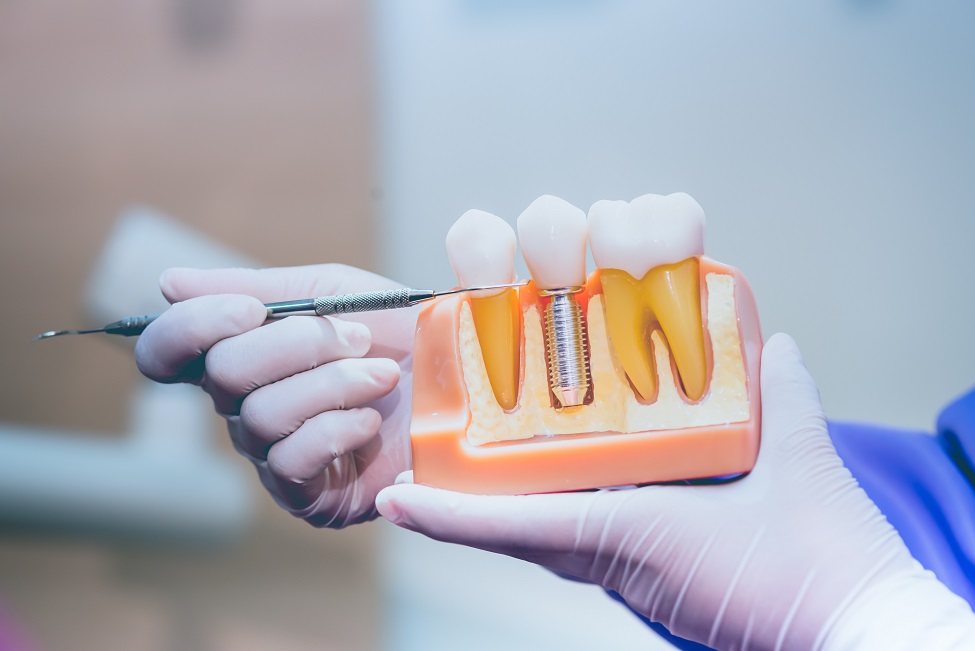Having a missing tooth is much more common than people imagine. When missing teeth are not replaced, bone loss can occur in the jaw and cause problems such as teeth that shift, an improper bite, and even affect your systemic health.
Today, more people are turning toward dental implants for tooth replacement versus the traditional removable dentures, dental crowns, and bridges because of the incredible success rates.
Are you preparing for a dental implant surgical procedure? If so, read on to learn what to expect from a dental implant placement treatment plan.
1. Initial Evaluation
Your dentist first does a comprehensive examination to determine your overall oral health, jawbone condition and verify there is no periodontal disease (gum disease). This first evaluation includes X-rays, taking impressions, and matching the color of your teeth to make your dental implant replacement teeth look as natural as possible. You take this time to discuss all your medical conditions and medications.
2. Tooth Extraction
Suppose you still have a remaining tooth or teeth that need replacing. In that case, your dentist will remove it before performing a dental implant procedure.
3. Inserting the Dental Implant Post
During the implant procedure, your mouth is numbed with local anesthesia to avoid any discomfort or pain.
A tiny incision is made into the gums, and the implant is screwed into the jawbone in the missing tooth’s location. Once there, your doctor will close the gums over the implant and send you home with painkillers to heal.
During this healing time, a bone growth process called osseointegration starts. Osseointegration is your bone growing and bonding around the implant rod to make a solid anchor for your new teeth. The implant rod becomes part of you. Complete osseointegration healing time can take from two to six months, sometimes longer.
If you do not have sufficient bone structure in your jaw, a bone grafting procedure will take precedence. The bone is usually pulled from another part of your jaw. Once the bone graft heals, the dentist or surgeon will add the implant.
4. Abutment Placement
When the implant posts have fully fused with the bone, an abutment is attached to the implant post. The abutment is a small piece that sits just above the gum line and serves as a base for the new crown. It connects to your new titanium root post, while the crown fits on the other end.
You will not feel anything during this procedure other than a bit of pressure. You will get local anesthesia to that area.
5. Adding the Permanent Crown
After your gums heal nicely, your dentist will make your artificial tooth or crown. Your new custom artificial teeth are made to match the rest of your teeth perfectly. These new crowns create the most natural look possible and ultimately restore appearance and function. Friends and family will not notice you’ve gotten any dental work done.
In Livingston, New Jersey, dental implants are the long-term solution to keep your smile and health intact. Our top dentists at The Silverstrom Group have extensive training and proper care experience in dental implants. We offer single, multiple, and full arch replacements (aka implant-supported dentures or all-on-four implants) to make your smile whole again.


Recent Comments